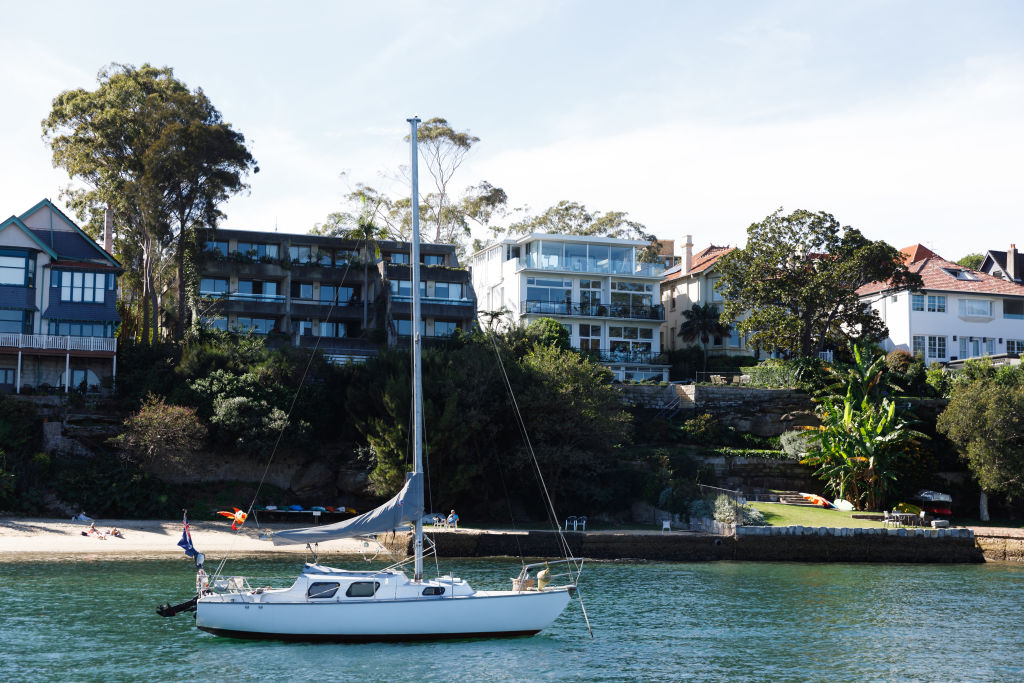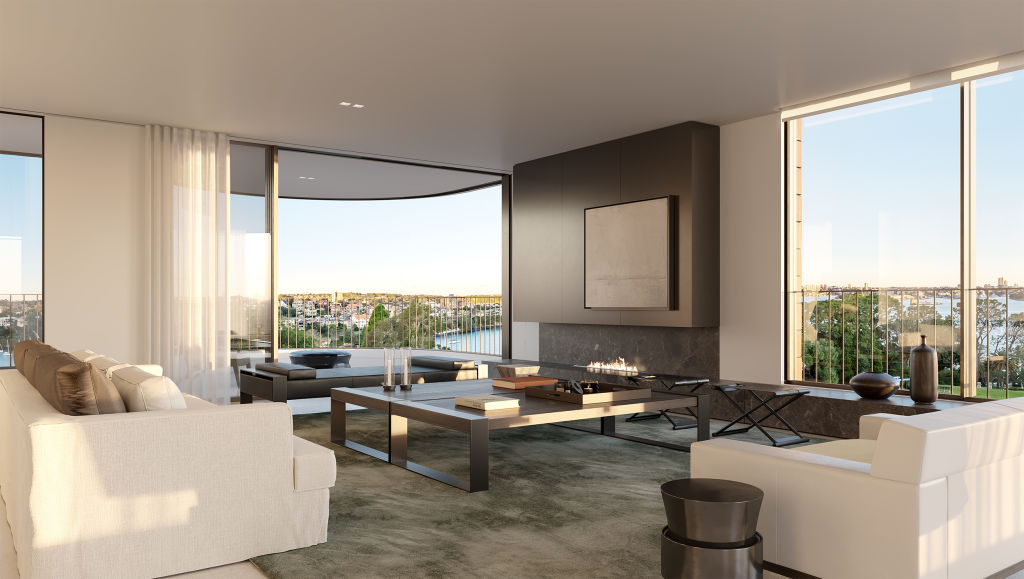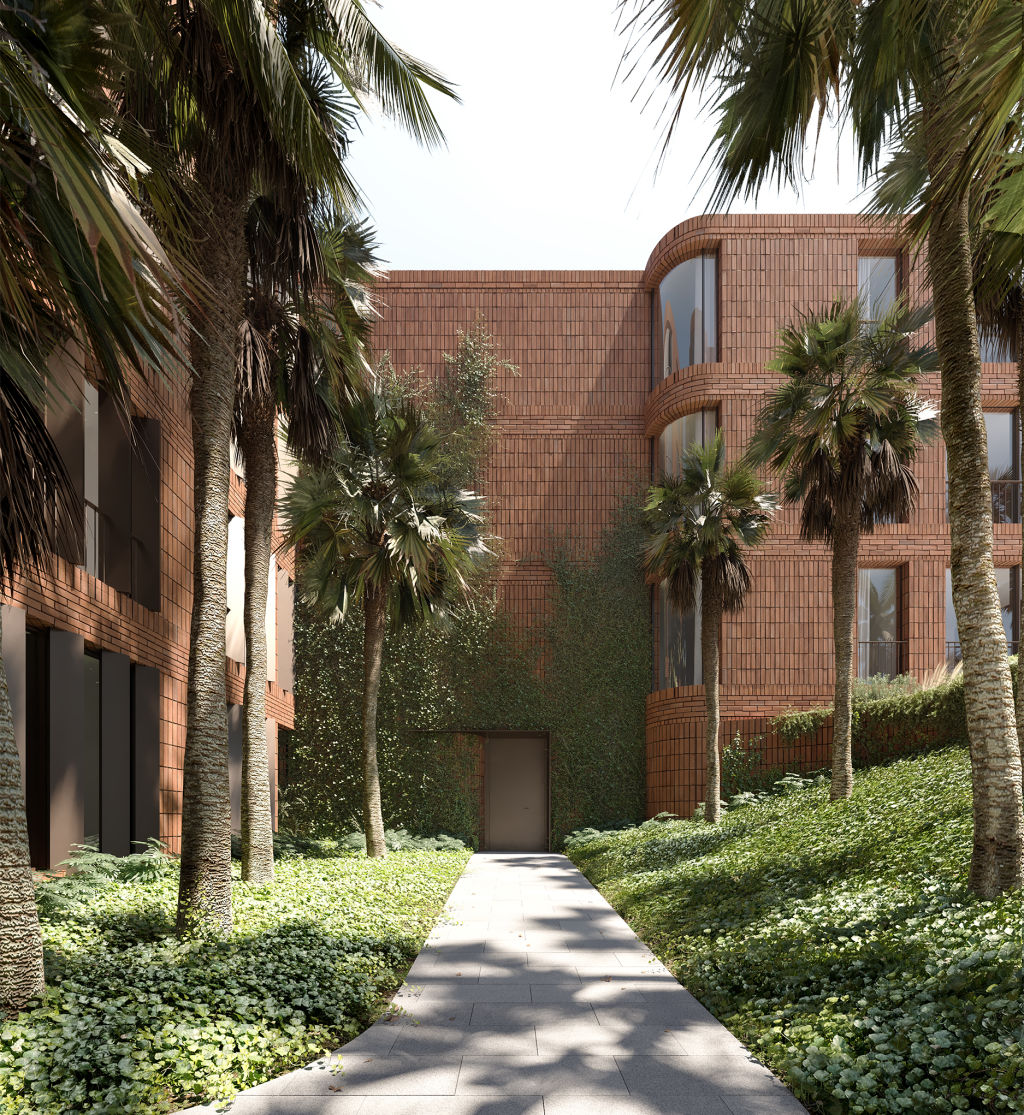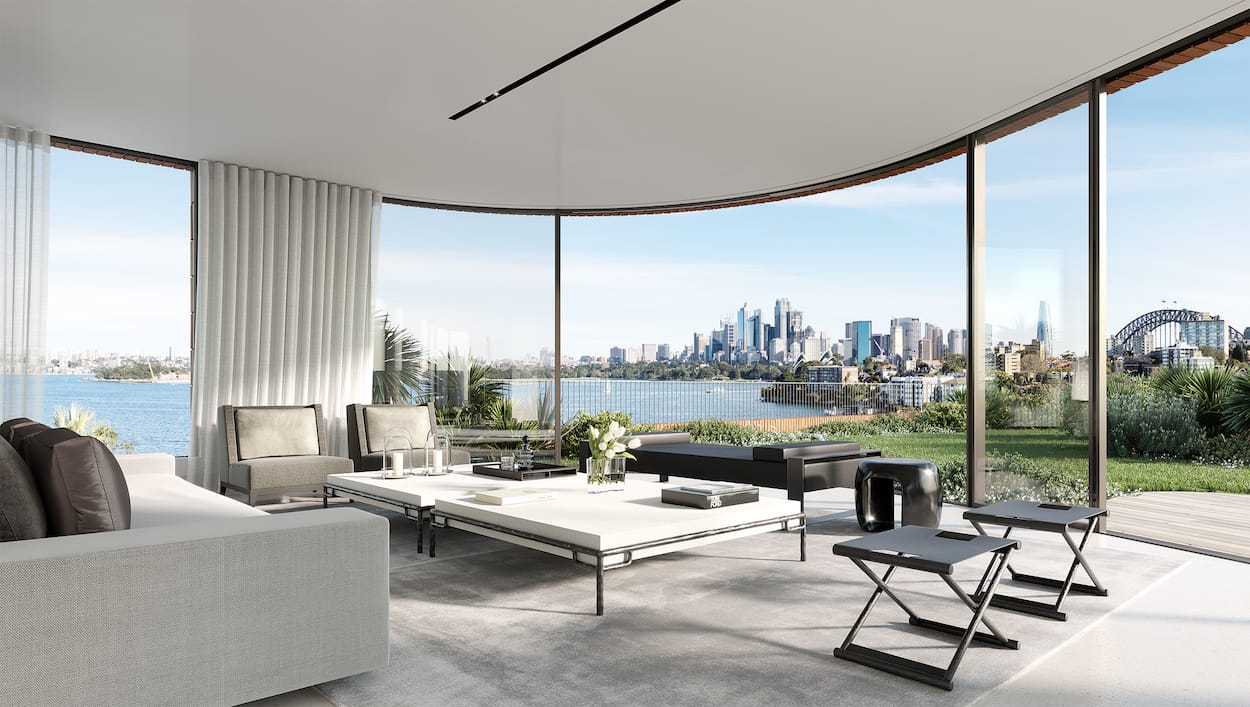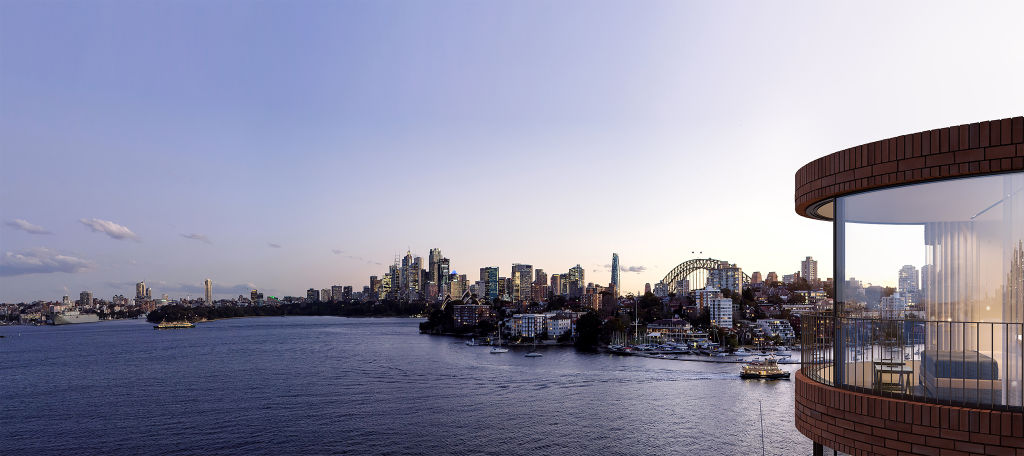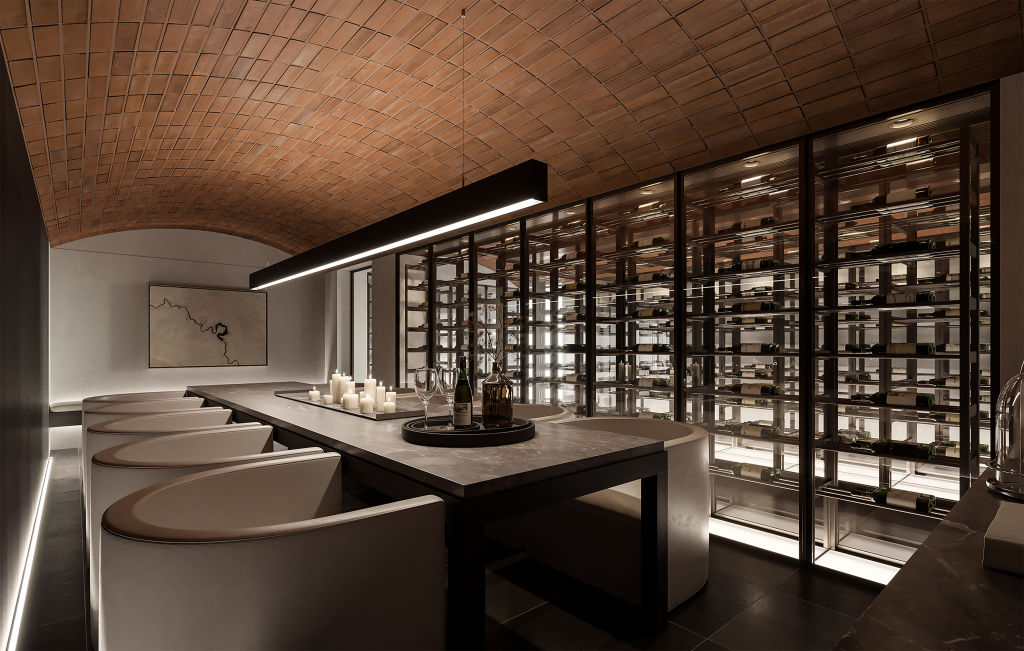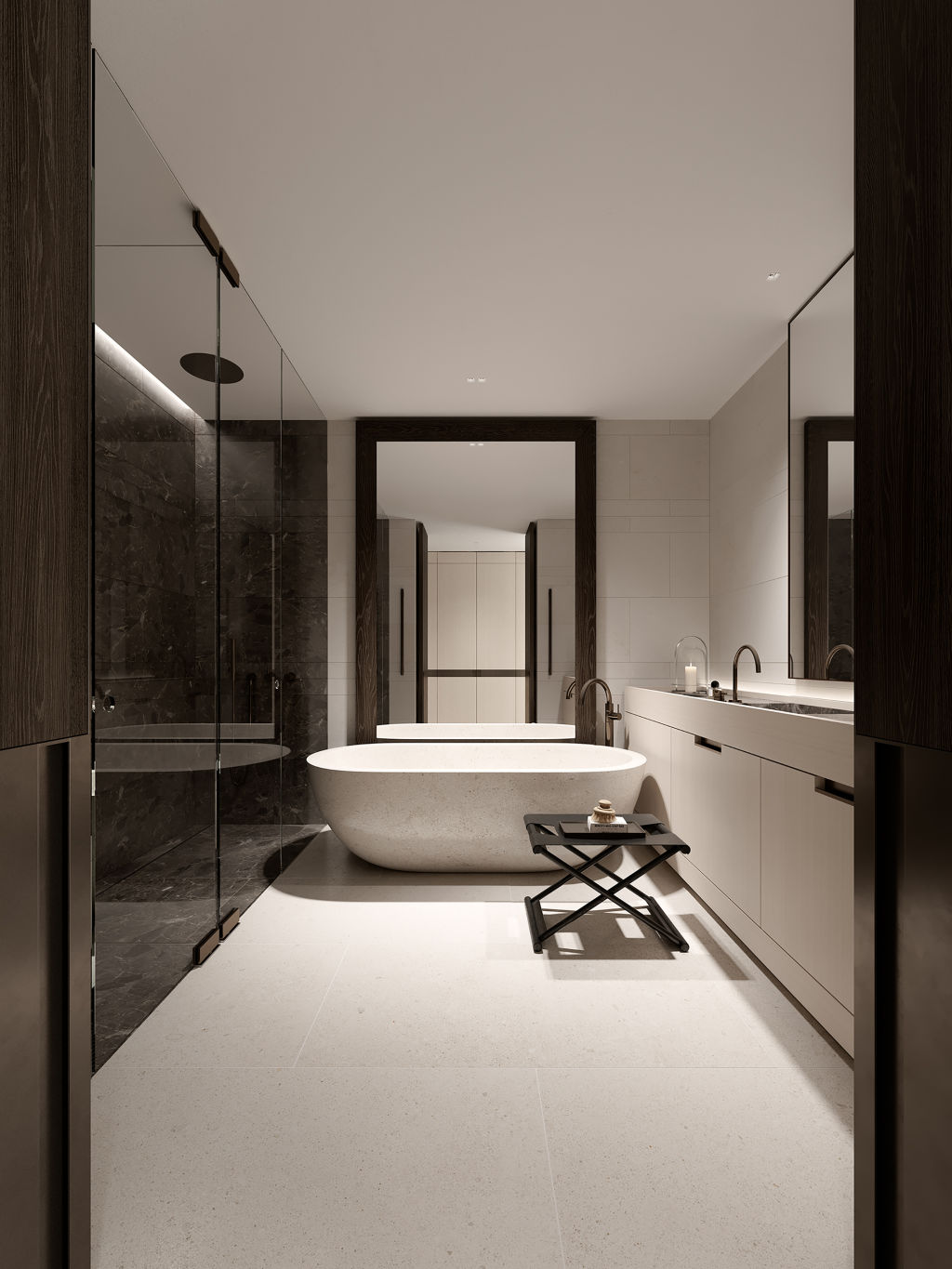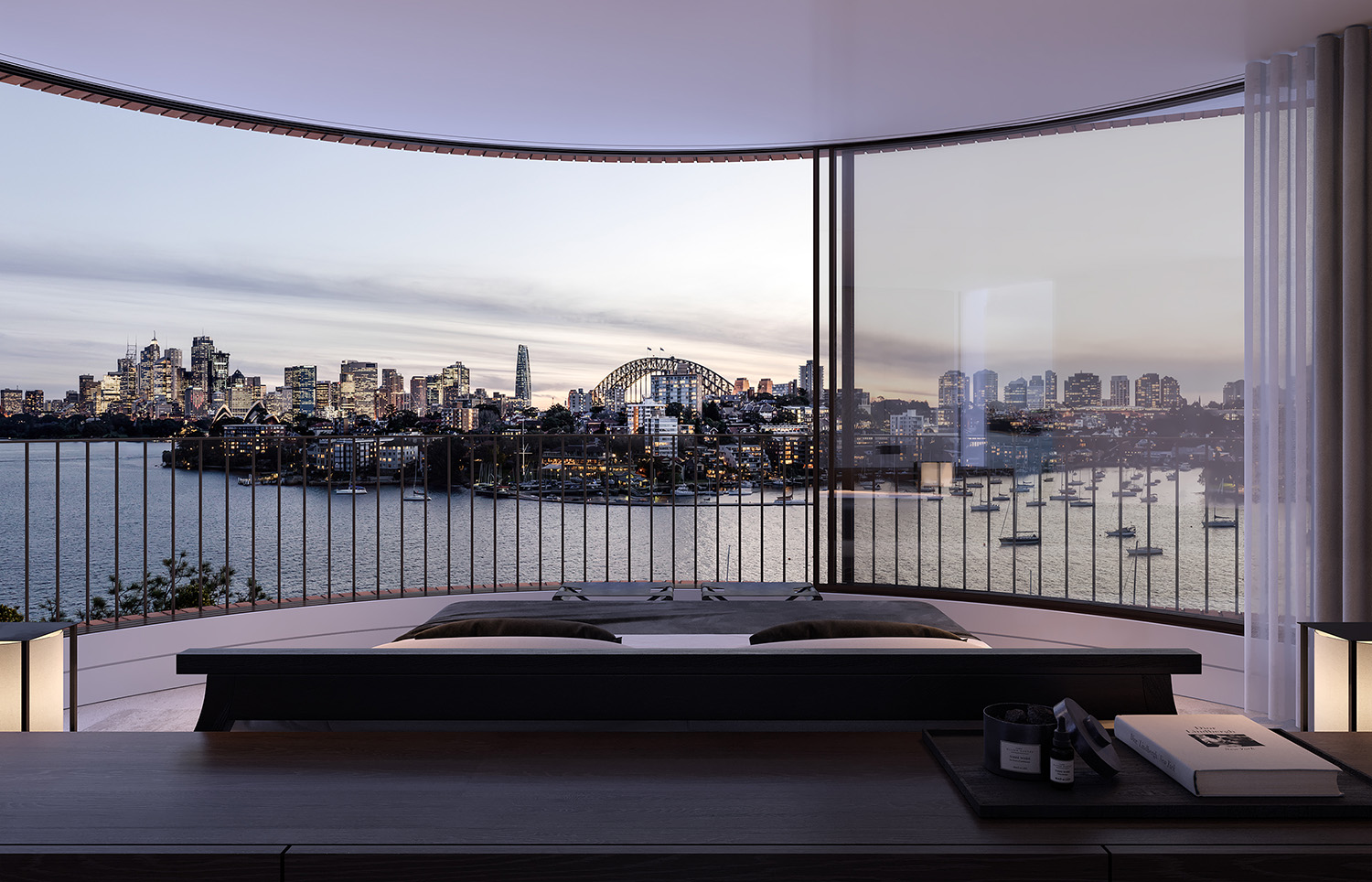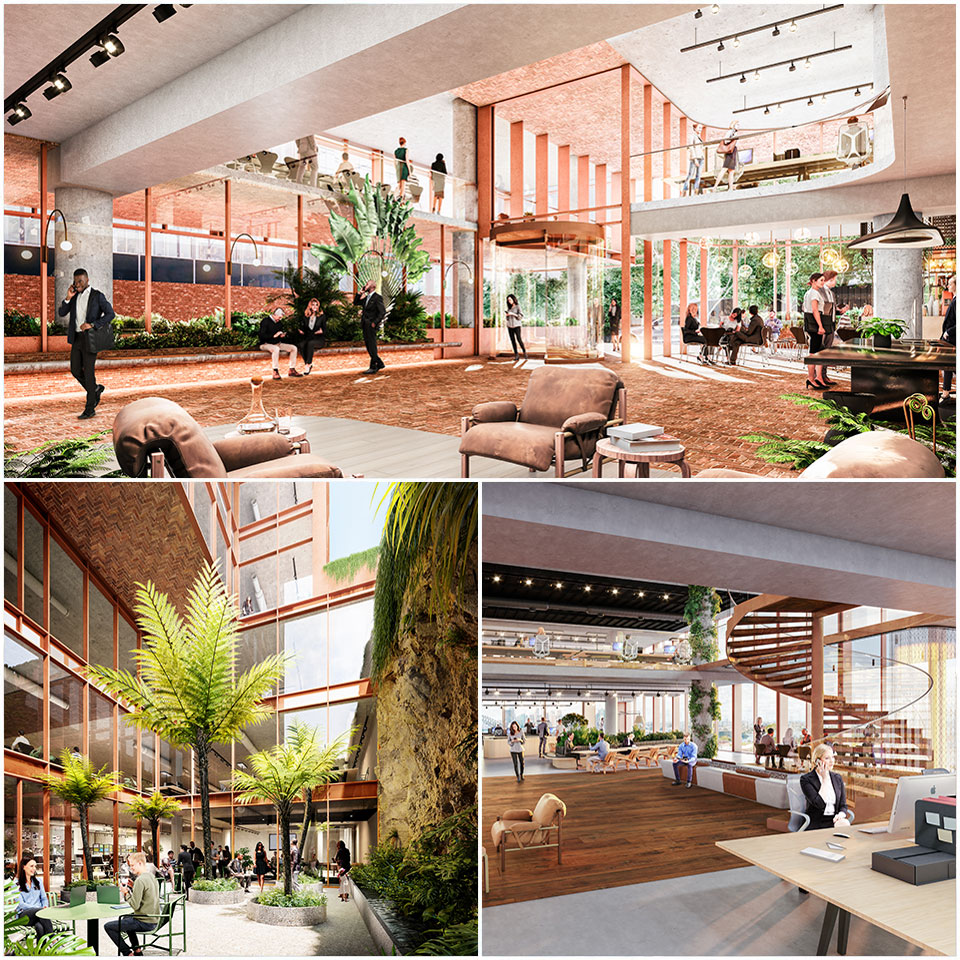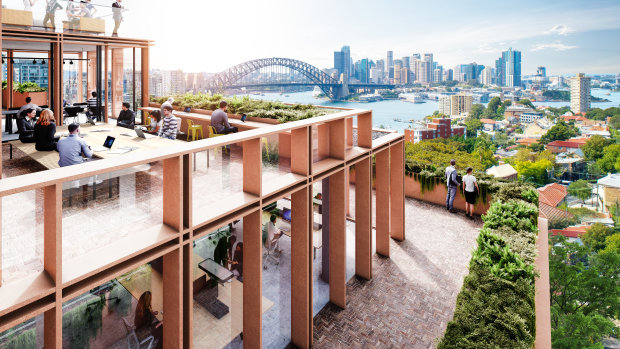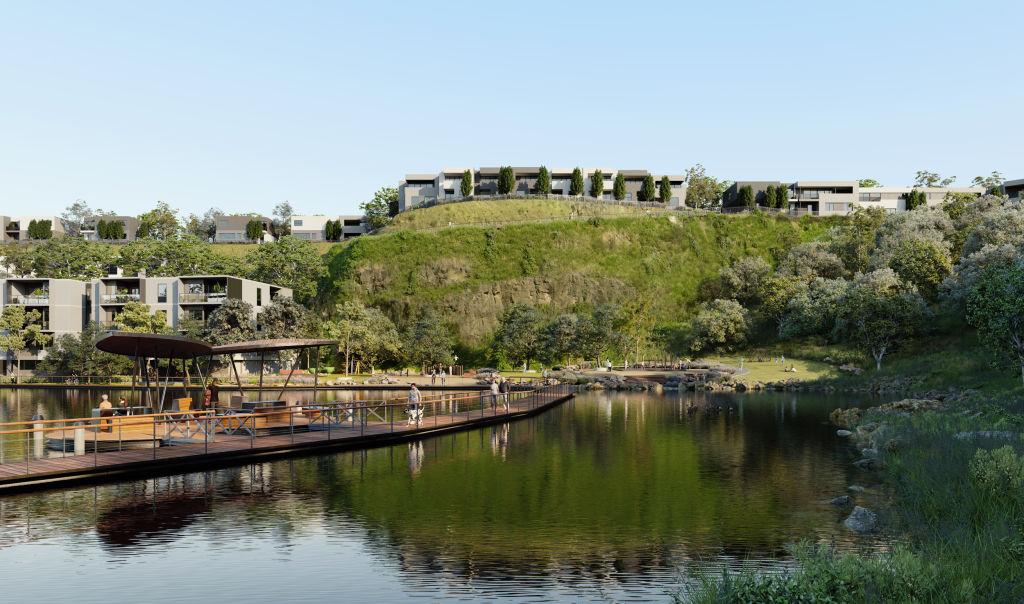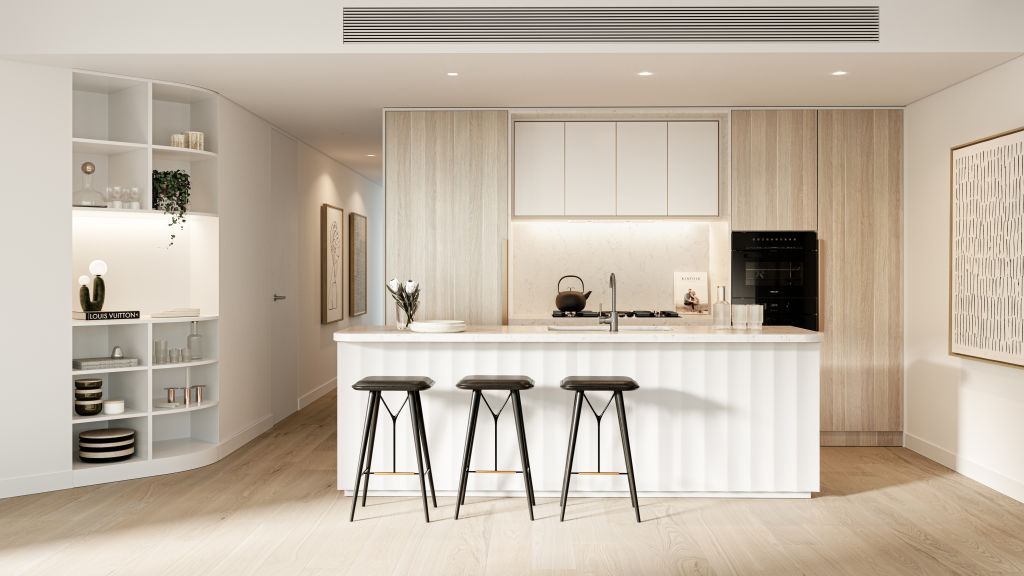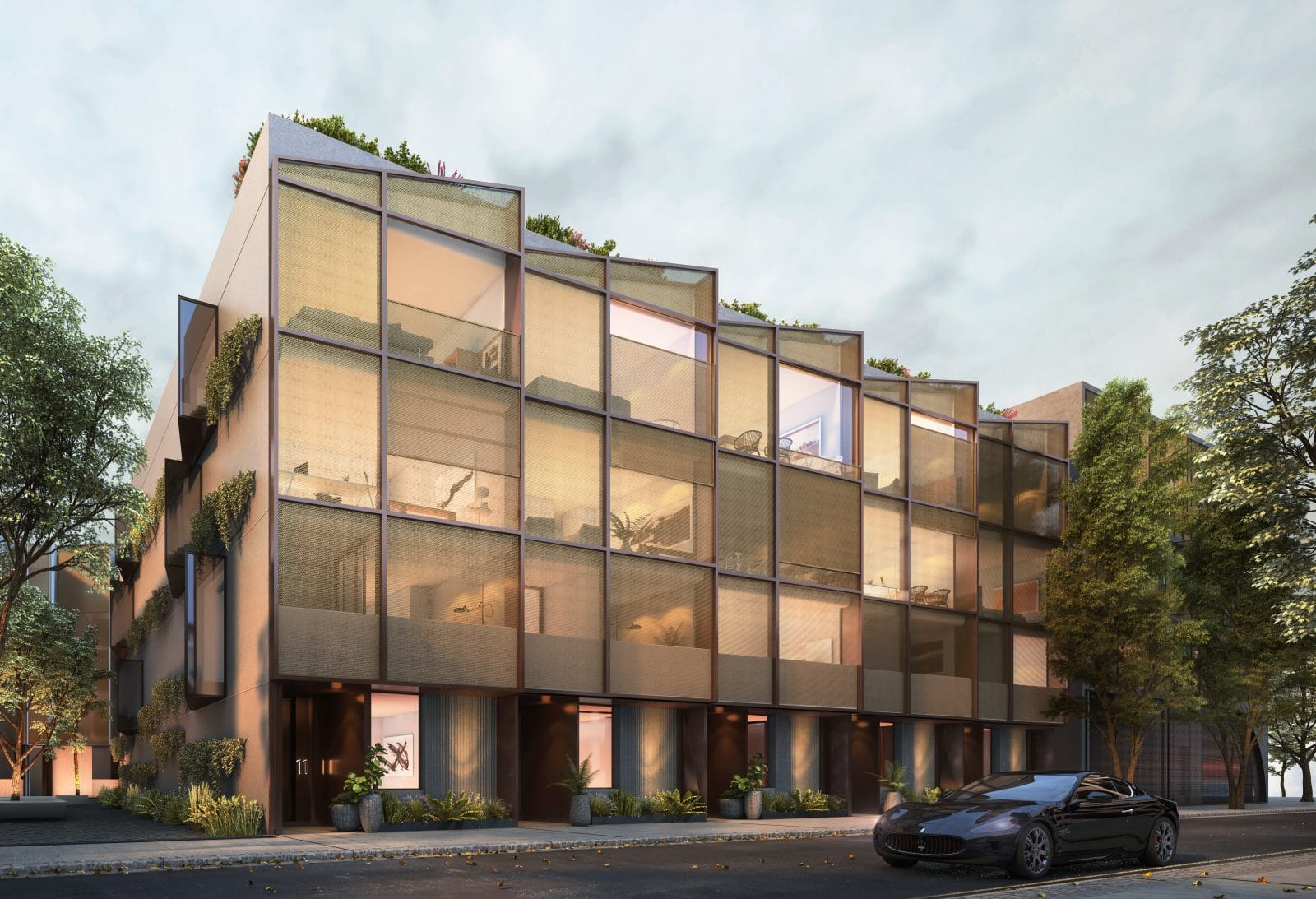When we think of some of the world’s greatest cities, certain images spring to mind.
Paris’s Eiffel Tower, the New York skyline and Sydney Harbour, to name a few. For some of these cities’ lucky inhabitants, these iconic views can be glimpsed from their own window.
Here are five of the world’s most iconic city apartment views.
Paris, France
In the city of lights, a clear view of the Eiffel Tower is just about as good as it gets.
Along the banks of the Seine, the wrought-iron lattice tower soars 326m high with outlooks that stretch for 70km.
Its height provides many vantage points across the city’s 20 arrondissements, where it’s possible the top half will make for an iconic background in your living room.

Height restrictions on inner city Paris apartments make a glimpse of the Eiffel Tower possible for many locals. Picture: Getty
Whether you own a private mansion, apartment on the Elyse or a penthouse with a terrace, if you’re lucky enough to lay eyes on the Iron Lady, you have one of the best city views in the world.
New York, USA
For the city that never sleeps, there’s no shortage of in-demand views. And the better the aspect, the bigger the price tag.
In the heart of New York, Central Park provides a front row seat for the cheek-by-jowl apartment buildings that line its perimeter. If you face the park, you’ll enjoy green vistas from every window – and they’ll never be built out.
Many buildings also offer glimpses of landmarks like the Empire State Building or Chrysler Building. If your living room is high up enough in your building, you could enjoy an eye-level aspect too.
But for water views, you can’t beat overlooking the Statue of Liberty. She’s far away enough positioned out on the harbour, but there’s no mistaking her distinctive shape.
Rio de Janeiro, Brazil
Rio de Janeiro is one of the most picturesque cities in the world. In every direction you have world-famous sights.
As one of the New Seven Wonders of the World, Brazil’s Christ the Redeemer is a sight to behold. Perched high atop Mount Corcovado, the landmark offers 360-degree panoramic vistas overlooking Rio and out to the Atlantic Ocean.
But if you live on Rio’s famous coastlines, you might also have perfect views of the city’s legendary harbour and the surrounding Sugarloaf or Two Brothers Mountains. And for even bigger bragging rights, a penthouse on Copacabana beach will provide the best viewing seat in the city.

Copacabana Beach is arguably the most famous stretch of sand in the world. Picture: Unsplash
Tokyo, Japan
As the largest metropolis in the world, Tokyo has an urban skyline that stretches for miles in every direction.
If you’re hundreds of metres up high in a neon-lit skyscraper, you could have floor-to-ceiling glass windows facing landmarks including Tokyo Skytree, Roppongi Hills, Tokyo Tower and the Imperial Palace grounds.
But on a clear day, the best vistas are saved for Japan’s tallest mountain – Mount Fuji.

Even from a distance, the shape of Mt Fuji is unmistakable. Picture: Unsplash
It may be off in the distance, but an aspect of Japan’s highest peak is an enviable asset especially if you’re in Shinjuku, where you can catch a glimpse behind the prefecture’s skyscrapers.
Sydney, Australia
Every Sydneysider, and many others around the world, dreams of a place right next to the water.
And when you can see from your window the globally recognised symbols of Sydney, including the Sydney Opera House and the Sydney Harbour Bridge, you’ll have the best of both worlds.

The new $170m boutique development Kurraba Residences offers spectacular harbour views. Picture: Thirdi Group
In apartments at Kurraba Residences, on Sydney’s lower north shore, residents will be able to do just that as well as outlooks over the Botanical Gardens, Fort Denison and the famous CBD skyline.
“Harbourside living is a once-in-a-generation opportunity,” says the development’s director of sales and marketing, Luke Berry, from Thirdi Group.
“It’s incredibly rare to enjoy these views today. And at Kurraba Residences, the beauty and cultural landmarks of Sydney will become an everyday pleasure and seamless extension of your life.”



